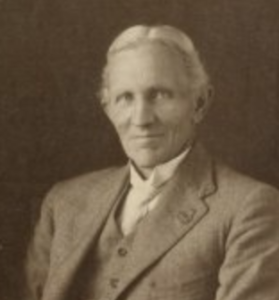WHAT DOES THIS SWORD HAVE TO DO WITH ANTARCTICA?
It also has an Australian connection. As I mentioned in a previous post ,the Japanese Antarctic Expedition 1910-12, under the leadership of Lieutenant Nobu Shirase, made their way from Japan to New Zealand and from there, through continuous bad weather, to Antarctica.
They sighted Victoria Land and sailed through the Ross Sea, but pounded by storms and facing heavy pack ice they could go no further. They reluctantly had to turn back. Disappointed they arrived in Sydney harbour in Sydney on May 1, 1911 where they were immediately greeted with hostility and suspicion.
They were accused of being on a spying mission and could not find accommodation until a resident of Vaucluse offered them the use of his garden to put up their prefabricated hut.
Supplies were denied them and they were virtually reduced to beggars until Professor Edgeworth David, from the University of Sydney, who had been a member of Shackleton’s 1907 Expedition, learned of Shirase’s troubles and interceded to reassure the Australian public of Shirase’s good intentions.
He and Shirase met many times to discuss plans and the Professor passed on his knowledge and experience, which was extremely helpful, since Shirase’s crew had no polar experience.
In gratitude, Lieutenant Shirase presented Professor David with a sword made by Mutsu no Kami Kaneyasu, a master swordsmith.

It was crafted around the middle of the 17th century and had been given to Shirase by Tasaburo Fukuda, a major sponsor of the Japanese expedition, who admired Shirase’s courage.
This was a very highly valued sword in Japan and rarely given to non-Japanese. It demonstrated the great debt that Shirase felt towards Professor David.

Shortly afterwards, Shirase would make a second successful attempt to reach Antarctica and there his team would travel almost 300 km across the ice and carry out scientific work (see Nobu Shirase).
When they returned home to Japan in 1912 they arrived in Yokohama to a tremendous reception.
And the sword?
It is on display at the Australian Museum, Sydney and symbolises the spirit of scientific co-operation and friendship between nations


